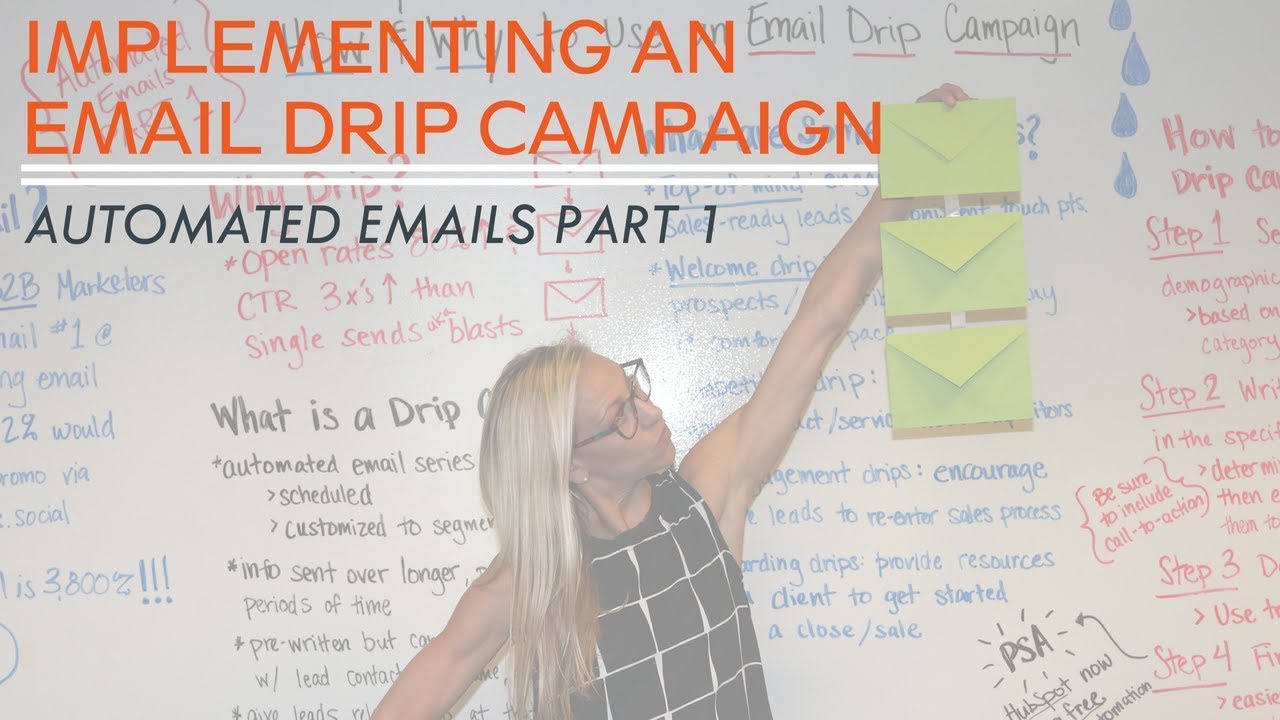What We're Talking About... Learning Marketing Analytics
When was the last time you felt pressure in a meeting articulating your marketing analytics to your clients? Probably within the last week, right?
I know what I am looking for, and would like to chat.
A team of data-driven marketers obsessed with generating revenue for our clients.
Because the proof is in the pudding.
At Campaign Creators we live by three principles: Autonomy, Mastery, Purpose.

Data is everywhere— in surveys, web analytics, and call-to-action forms. As businesses grow, they inevitably become hit with massive piles of data, but how can they handle such a large amount of information without a super computer?
Today we’ve compiled a list of tips for data collection and interpretation, so you can understand how to organize and use data to your advantage.
This blog post is part of "Your Definitive Guide to Marketing Automation" blog series.
There are many ways to obtain data, especially in the technological age. One of the best ways is through a survey. Surveys can be administered directly, through a website, or a paper given to clients in store. The best practice for surveys is usually via a third party distributor, such as Survey Monkey, especially for small and medium sized business. Survey Monkey and similar survey hosting websites will return summarized information in an easy-to-understand format, which can then be applied to future business ventures.
Another way many businesses receive information is through calls-to-action (or CTAs) on their website. Calls-to-action typically come in link, button, or form format and ask a reader to DO something. (I.e. “Click the link below to visit our e-Library!”) Often, calls-to-action will involve some type of a form to gain access to the next page.)
By encouraging your audience to fill out information, you are able to collect statistics and information on a segment of people that may not have been reached simply through a survey.

To many, interpreting data sounds like a gruesome task. However, while it may sound daunting, interpreting data only takes a little bit of patience and an idea of what you want to find.
One of the easiest ways to interpret data is through pattern recognition. Simply list your data and look for patterns. (This is where programs like Microsoft Excel become really handy!) Once you have found a pattern, adjust your marketing tactics.
Take this example: In your most recently conducted survey, you saw that 75% of your customers are small or start up businesses. If that 75% mostly needs help with design, push your company towards offering design skills. If that doesn’t align with your company’s vision, consider what you can do to get the company back on track. This data will help direct your marketing tactics and allow your business to flourish.
If you’re up for a challenge, try running a regression in Excel. Business Insider has all of the inside details on that.
Curious about the role marketing technologists and modern automation have in all of this? Check out this article.
Data is king in an online fast-paced business world. Using your results from your data analysis is easy. One essential use for data in the marketing sphere is for creating personas. By understanding whom your customers are, you can provide marketing tools that are directed to their interest, needs, challenges and goals. Data can also be used to provide a sense of where your business is and how to reach your future goals.
You can also check out our video series on Statistics for Digital Marketing for more help.
Interested in learning more about lead generation? Start by downloading the FREE 30 Greatest Lead Generation Tips, Tricks, and Ideas ebook. Just click below!
How do you use data in your business? Let us know in the comments section below.

When was the last time you felt pressure in a meeting articulating your marketing analytics to your clients? Probably within the last week, right?

As every statistics-scouring marketer knows, email is alive and thriving. Offering an average ROI of $38 for every dollar spent and seen as the most...

Importance of Data Collection An actionable conversion rate optimization strategy starts with gaining insight into the hearts and minds of your past,...